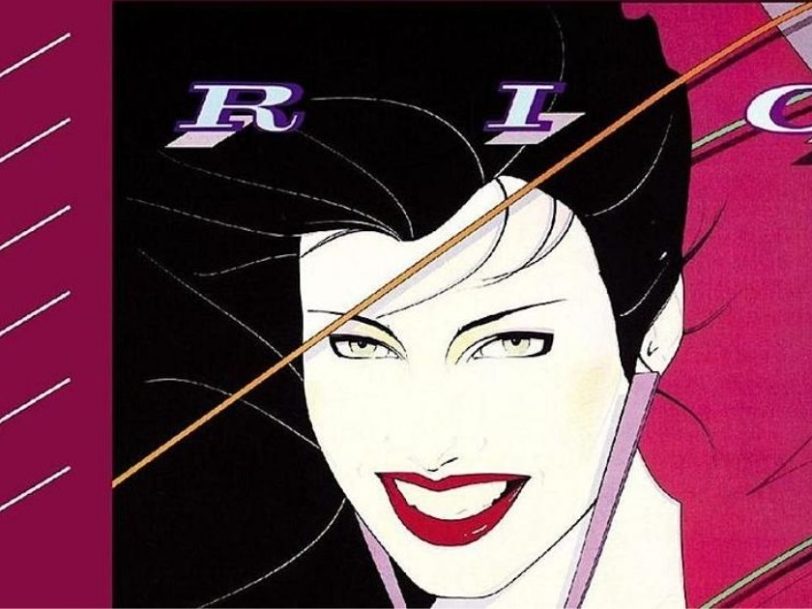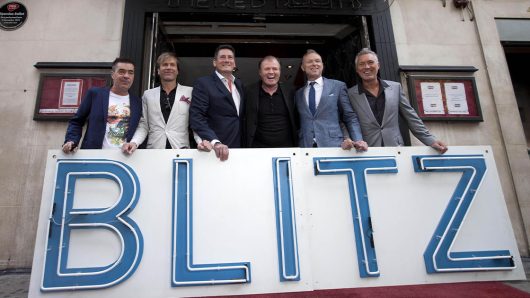When an album so defines an era – as in the case of Duran Duran’s 1982 mega-hit, Rio – the quality of the material is often overshadowed by its timing and the reception it received. For a band so (unfairly) characterised by the hype that surrounded them, a few million sales acted as a salve for any critical rebuttals the album may have received. And the passage of time has been more than generous to this nine-track synth-pop collection…
Listen to ‘Rio’ here.
An era-aware, punchy pop-rock album
Coming off the European success of their self-titled debut album, Duran Duran needed to safeguard the formula that was serving them so well. Early demos of new songs were rehearsed across late 1981, and producer Colin Thurston was again drafted in to polish them up, with the band confident – but largely unprepared – for the fuss that was to follow. If Rio’s lead single, My Own Way, represented something of a wobble – it failed to breach the UK Top 10, and Duran Duran themselves later routinely dismissed it – the band simply retooled the song, giving some of its disco edges a rockier finish and placing it as the second track on the album.
With the benefit of hindsight – and the fan hysteria that greeted the record now a distant echo – Rio is best characterised as era-aware, punchy pop-rock offering, with those fluttering synths positioning it perfectly at the epicentre of the creative revolution then transforming the British music scene. This was pop you could dance to and material that was confident enough to draw explicitly on many different influences – the emotional pull of disco, the compulsive aggression of punk and the moody introspection perfected by earlier art-rock pioneers. Wrap all that in a package that spoke to the potential of the new visual age – glossy magazines and the three-minute pop video – and you have a formula that would soon conquer the world.




